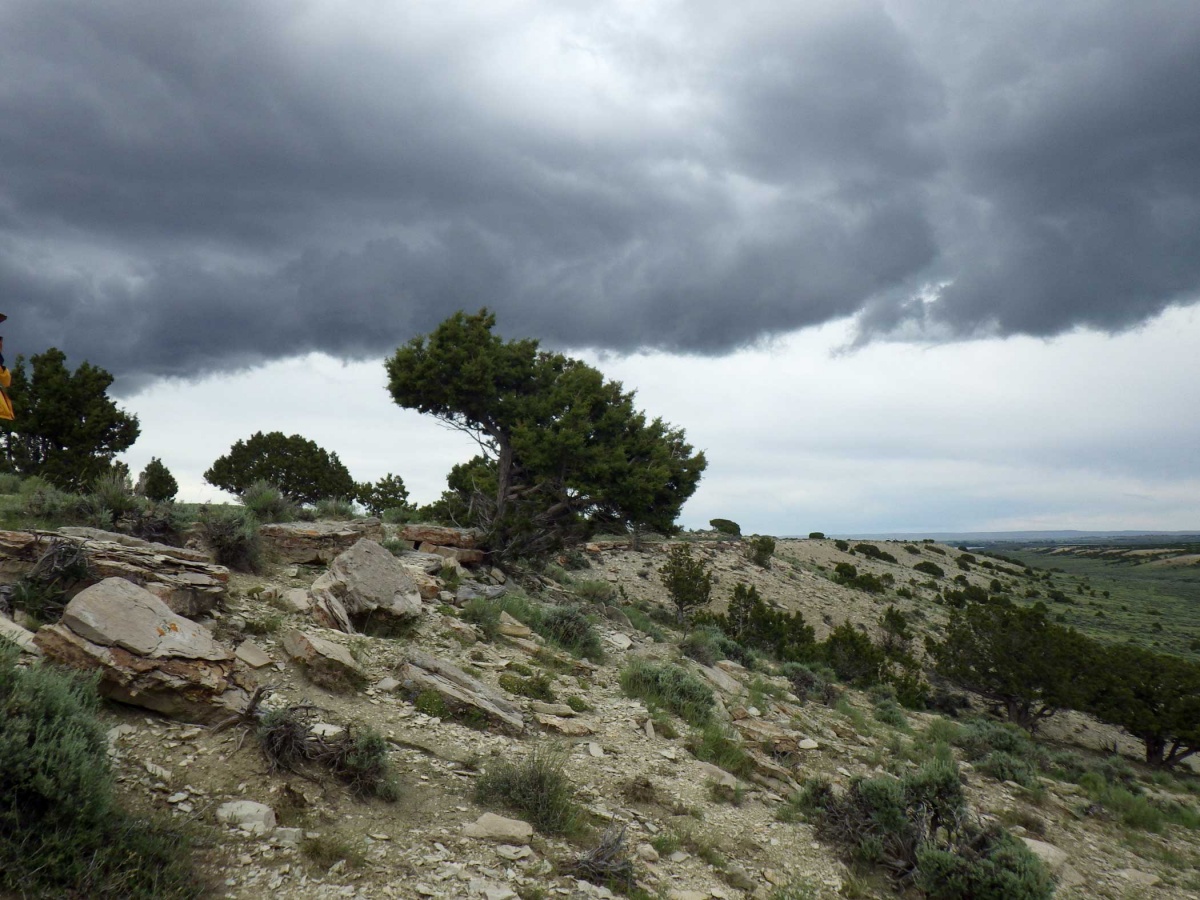
BLM Wyoming Soil Program
The BLM Wyoming Soils Program is an integral part of managing the water, air, riparian, and other resources on the lands that we manage. Preventing erosion through the action of wind and water benefits everyone. Assessing terrestrial and aquatic habitat begins with an evaluation of the soils that exist is a given area and leads to a better understanding of the plants and animals that might best use that terrain.
Working with partners is an important aspect of BLM Wyoming’s Soils Program. In an ongoing partnership with the National Resource Conservation Service (NRCS), state and regional representatives, additional soils mapping is being done on areas that haven’t yet been mapped. This mapping process includes significant Quality Assurance and Quality Control protocols to insure the best available data. Environmental Site Descriptions (ESD) are an integral part of the mapping: they relate plants, climate, and productivity to a particular map unit and help clarify what a particular soil designation means. In the last two years, over 600,000 acres of Wyoming has been mapped.
Another important partner for the BLM Wyoming Soils Program is the University of Wyoming’s, Wyoming Geographic Information Science Center (WyGISC). The BLM in cooperation with WyGISC have been working to better understand salinity loading and the risk from disturbances within the greater Green River Basin of Wyoming, one of the headwaters and a major tributary of the Colorado River.
The BLM Wyoming Soils Program is also working closely with local conservation districts, local land owners and permitees in locations across the state. One example is the La Barge Erosion Project in the Pinedale Field Office. It is an effort to assess and repair accelerated erosion on ephemeral streams draining into the Green River from the La Barge platform. Currently in its early stages, it is hoped that this project will identify and correct many of the causes of this challenging issue within the drainages assessed.
